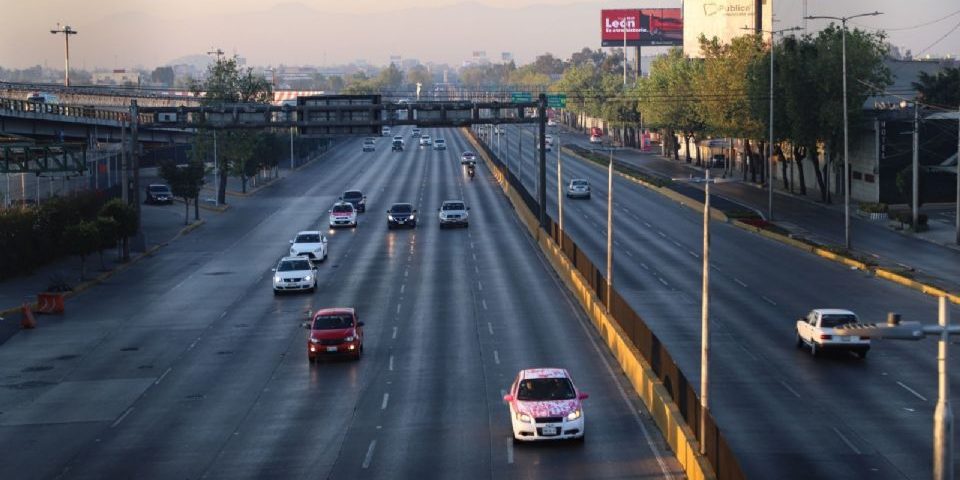Below, I present details about its road infrastructure:
Length and Purpose:
The Interior Circuit was built in 1961 as an expressway with overpasses and bridges that surrounds the first square of the Mexican capital, similar to the Peripheral Ring1.
Its extension covers several kilometers and is essential to decongest traffic in the city.
Vehicular Bridges:
Several vehicular bridges have been built along the Interior Circuit to improve connectivity and reduce travel times:
Emiliano Zapata Bridge: Located on the Mexico-Puebla highway.
Galindo and Villa Bridge: Connects the Ignacio Zaragoza Causeway with the Miguel Alemán Viaduct.
Bridge between the National Canal (Cielito Lindo) and the Southern Peripheral Ring.
Río de la Piedad Viaduct Bridge towards the Ignacio Zaragoza road.
Vehicular bridge of the Interior Circuit and Av. Gran Canal del Desagüe.
Vehicular bridge Interior Circuit and Axis 6 South, Social workers.
Chamixto vehicular bridge, on the Mexico-Toluca federal highway.
In addition, four vehicular bridges have been built over the riverbed and a road in San Miguel Topilejo2.
Urban Improvement and Comprehensive Maintenance:
Urban improvement projects have been implemented and comprehensive maintenance of the Interior Circuit is carried out.
These actions seek to guarantee the durability and safety of road infrastructure.
In summary, the Interior Circuit is not only a transit route, but also an essential component of the road infrastructure in Mexico City, contributing to more efficient and safer mobility. 🚗🌆



